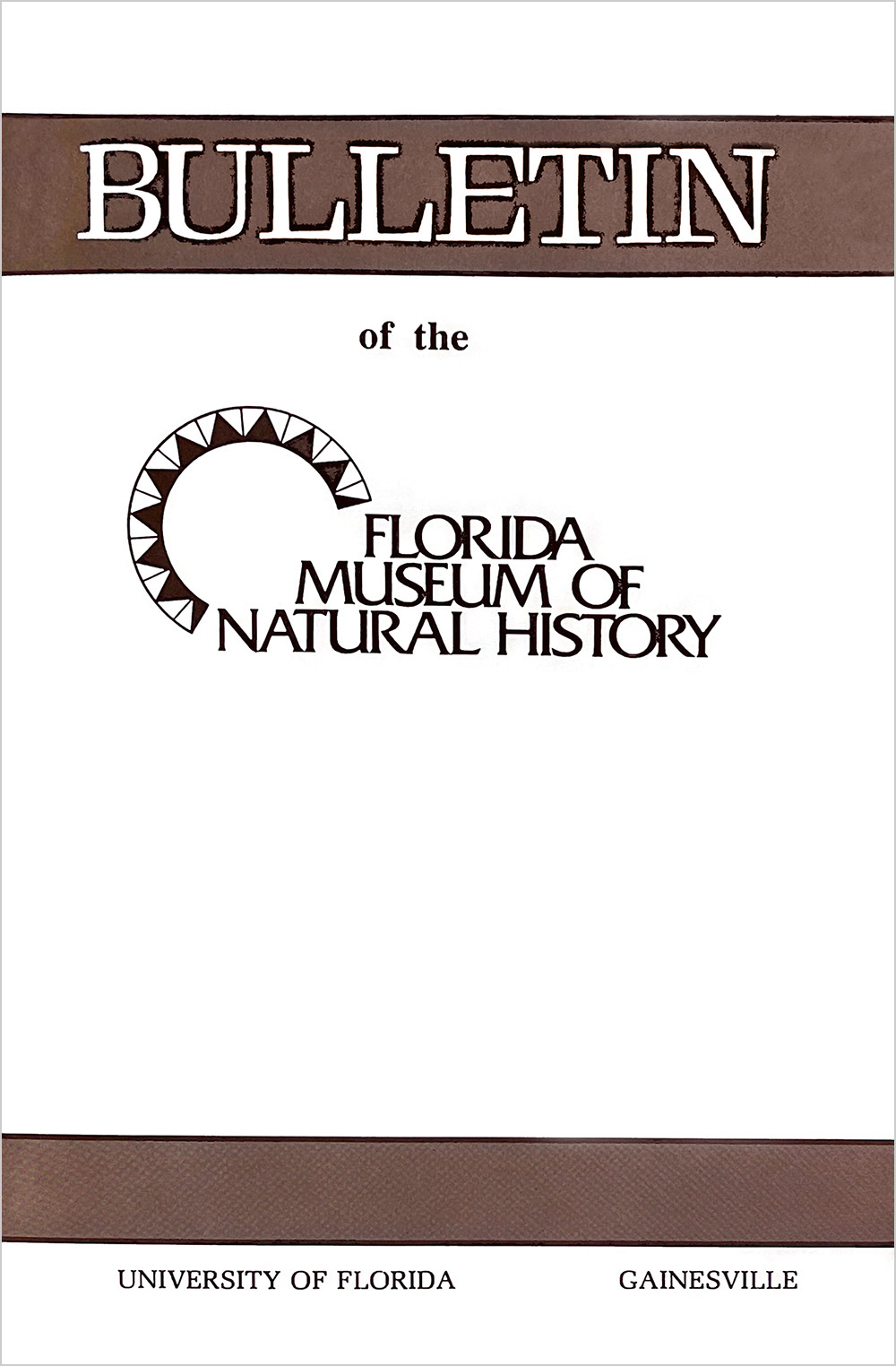Selenodont artiodactyls (Camelidae and Cervidae) from the Leisey Shell Pits, Hillsborough County, Florida
DOI:
https://doi.org/10.58782/flmnh.gwjj1554Abstract
Two liama genera are represented in the Leisey Shell Pit by the largest samples of limb bones and dentitions known anywhere. Palaeolama mirifica has an especially distinctive dentition, with cervoid lower premolars, relatively low-crowned cheek teeth, thin cement narrow but scallop-edged incisors, and shallow mandible. These features are contrasted with the more hypsodent, cement-bearing cheek teeth and thicker, wider incisors in Hemiauchenia seymourensis. The latter genus was a mixed feeder, whereas Palaeolama was probably a browser. Analysis of the Leisey 3A sample of Hemiauchenia, in which newborns, yearlings, and two-year-olds predominate, indicates that a catastrophic summer flood massively drowned a herd of these llamas. A small sample of Odocoileus virginianus constitutes the only evidence of ruminants at Leisey.

